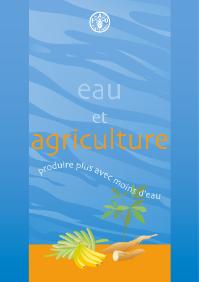The growth and quality of natural seedlings are important goals of forest management in uneven-aged high stands. In this study, the recovery process of the physical and chemical properties of soil, as well as growth variables of beech seedlings on the skid trails after skidding operations in…
Piping erosion is one form of water erosion that leads to significant changes in the landscape and environmental degradation. In the present study, we evaluated piping erosion modeling in the Zarandieh watershed of Markazi province in Iran based on random forest (RF), support vector machine (SVM…
Soil erosion determines landforms, soil formation and distribution, soil fertility, and land degradation processes. In arid and semiarid ecosystems, soil erosion is a key process to understand, foresee, and prevent desertification. Addressing soil erosion throughout watersheds scales requires…
With the increasing concentration of population and economic activities in metropolitan regions, dwelling shortages and housing quality have become critical issues in urban management. Town plans considering social, economic, political, and cultural features of local communities have been…
In this study, we measured and characterized the relative dielectric constant of mineral soils over the 0.3–3.0 frequency range, and compared our measurements with values of three dielectric constant simulation models (the Wang, Dobson, and Mironov models). The interrelationship between land…
Arid and semi-arid regions are particularly vulnerable to global environmental change because of their fragile climatic conditions. The rapid development of land use is expected to affect aquatic ecosystems in these regions. In this study, we focused on how land use change affects the stream…
Water - Source of food security. World Food Day: 16 October 2002.Water and food security are intimately connected. Many of the over 800 million people in the world who still go hungry live in water-scarce regions. When FAO launched its Special Programme for Food Security in 1994, it was well…
l'eau - source de sécurité alimentaire Journée mondiale de l'alimentation: 16 octobre 2002
La FAO a soumis ft titre de contribution ft la Conférence des Nations Unies sur l'eau un document de base intitulé "L'eau pour l'agriculture" (DOC. E/CONF. 70/11). Ce document passe en revue les aspects techniques, économiques et sociaux de l'eau en agriculture et…
Accessibility to clean and sufficient water resources for agriculture is key in feeding the steadily increasing world population in a sustainable manner. Nature-Based Solutions (NBS) offer a promising contribution to enhance availability and quality of water for productive purposes and human…
Increasing world population has led to product more foods and crops, while agricultural lands have been decreased. Then, it is necessary to use the maximum potential of these lands which product maximum yield without any damage. To reach this objective, land suitability evaluation is the most…
Agriculture influences and shapes the world’s ecosystems, but not always in a positive way. More than 2.5 billion people are globally involved as stewards of land and water ecosystems that constitute the natural resource base for feeding the current and future world population. Yet, conventional…









